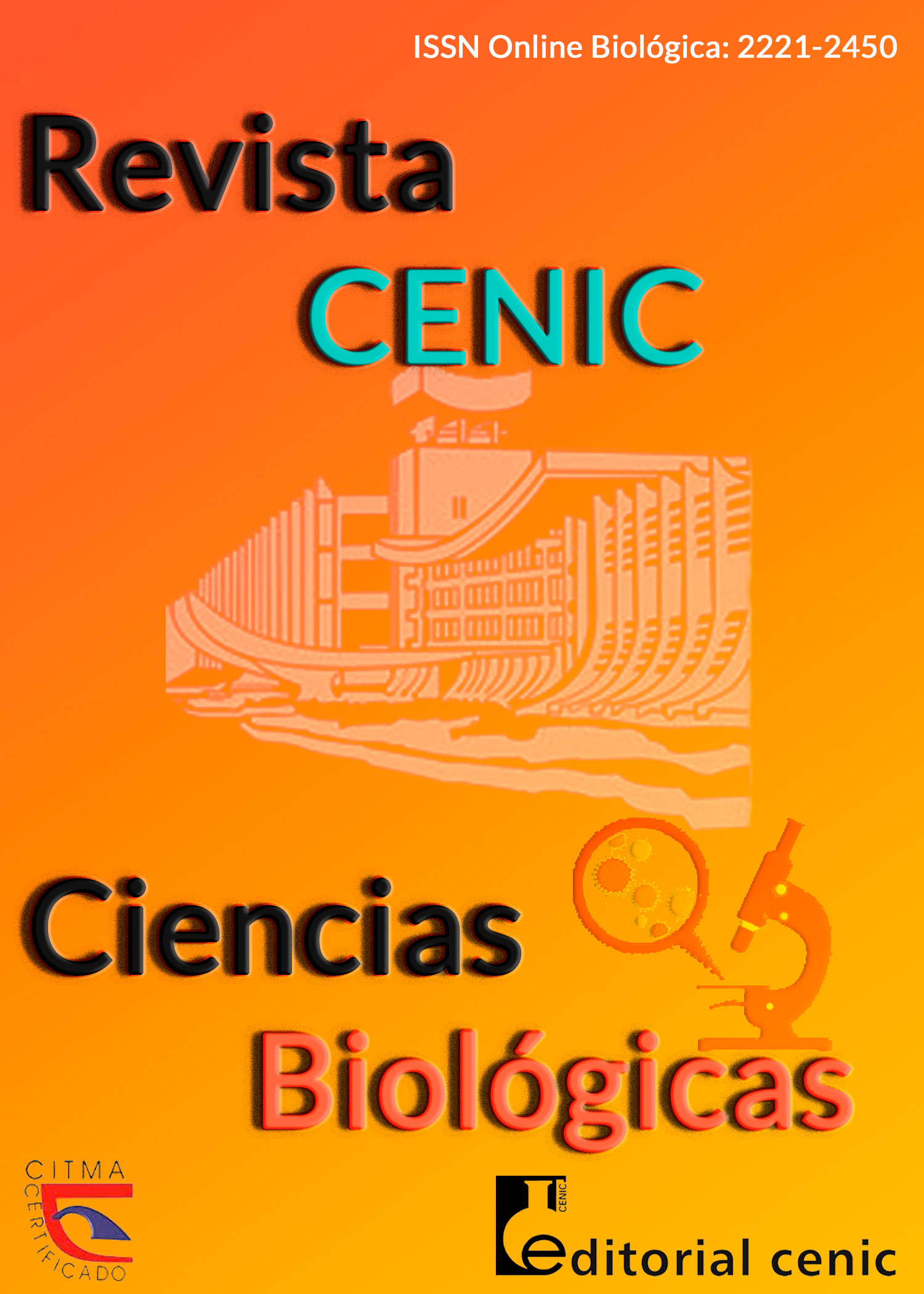Experimental models for the evaluation of active drug substances on atopic dermatitis
Abstract
Atopic dermatitis is a skin multifactorial inflammatory disease, which triggered as result of, environmental factors and genetic susceptibility interaction. In recent years, it has been shown that there are different experimental models capable of reproducing this disease and using the knowledge of pathophysiological aspects of the pathology and elucidating the action mechanisms of new treatments to evaluate. Therefore, the objective of this review work is to describe some of the experimental models used for the study of atopic dermatitis. For this, all the published information that was available in the PubMed data base was collected. This review provides a preview of scientific progress that links the species of laboratory animal used, the type of inducing agent and the possible responses obtained that reflect the clinical manifestations of the disease. The use fullness of animal models undoubtedly constitutes a fundamental tool for the scientific search and knowledge of atopic dermatitis. It is concluded that this document provides updated information regarding the various animal models most used in atopic dermatitis, which constitutes a consult tool for scientific research on this subject.
Downloads

Downloads
Published
How to Cite
Issue
Section
License
Copyright (c) 2021 Copyright (c) 2021 Revista CENIC Ciencias Biológicas

This work is licensed under a Creative Commons Attribution-NonCommercial-ShareAlike 4.0 International License.
Los autores que publican en esta revista están de acuerdo con los siguientes términos:
Los autores conservan los derechos de autor y garantizan a la revista el derecho de ser la primera publicación del trabajo al igual que licenciado bajo una Creative Commons Atribución-NoComercial-CompartirIgual 4.0 Internacional que permite a otros compartir el trabajo con un reconocimiento de la autoría del trabajo y la publicación inicial en esta revista.
Los autores pueden establecer por separado acuerdos adicionales para la distribución no exclusiva de la versión de la obra publicada en la revista (por ejemplo, situarlo en un repositorio institucional o publicarlo en un libro), con un reconocimiento de su publicación inicial en esta revista.
Se permite y se anima a los autores a difundir sus trabajos electrónicamente (por ejemplo, en repositorios institucionales o en su propio sitio web) antes y durante el proceso de envío, ya que puede dar lugar a intercambios productivos, así como a una citación más temprana y mayor de los trabajos publicados (Véase The Effect of Open Access) (en inglés).














